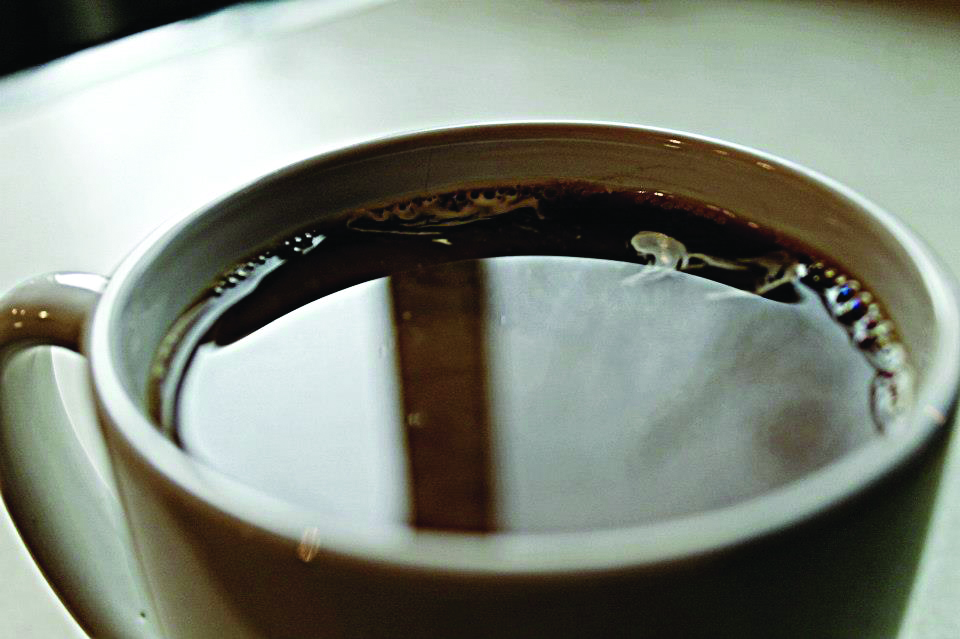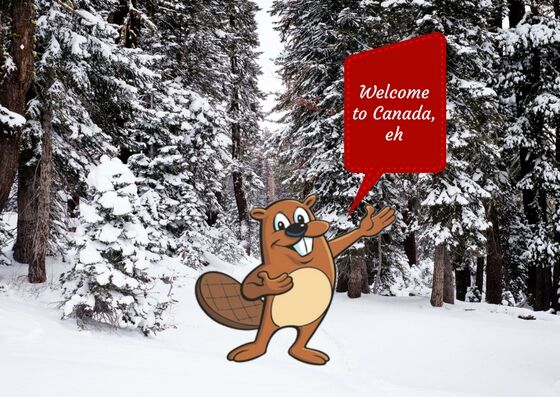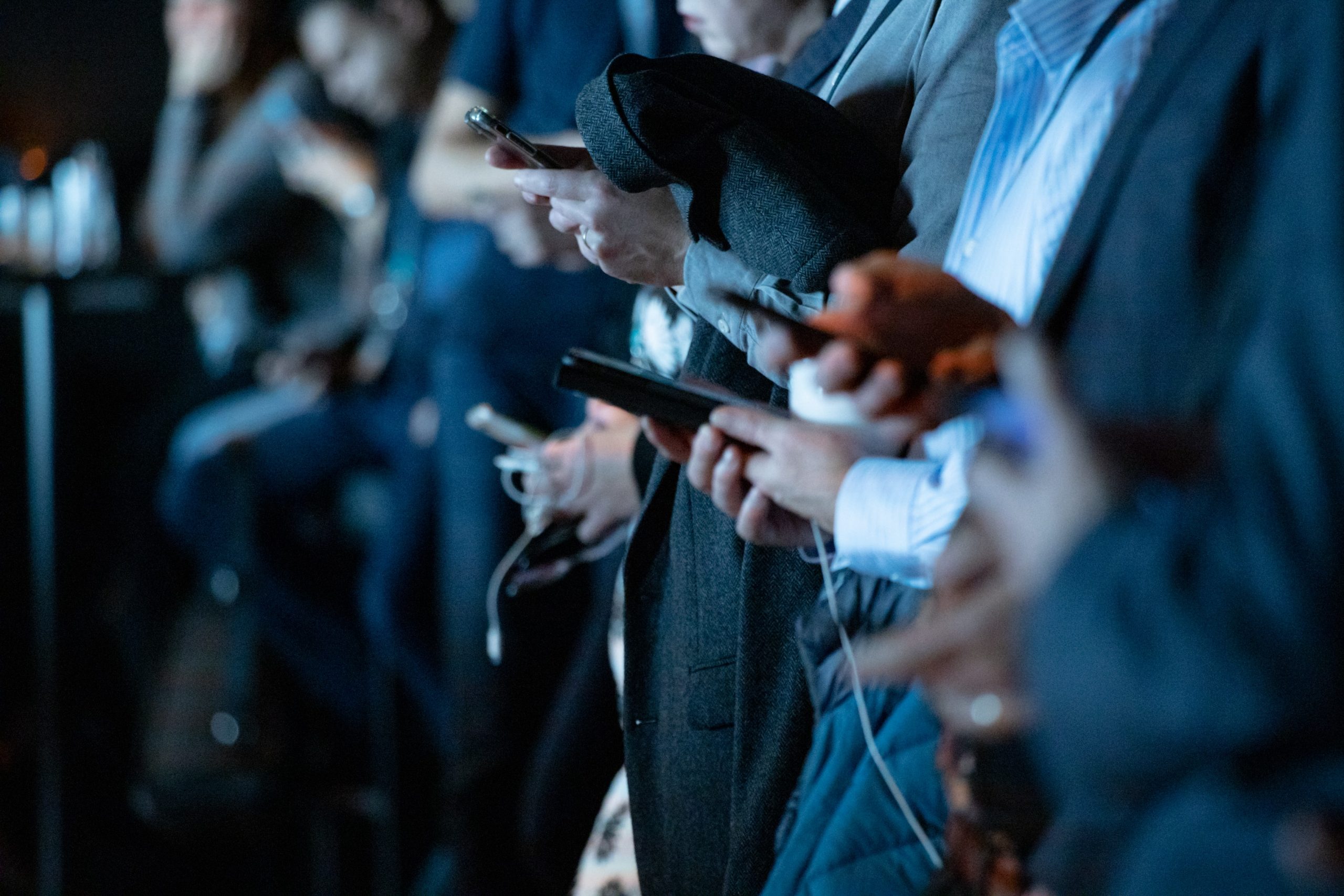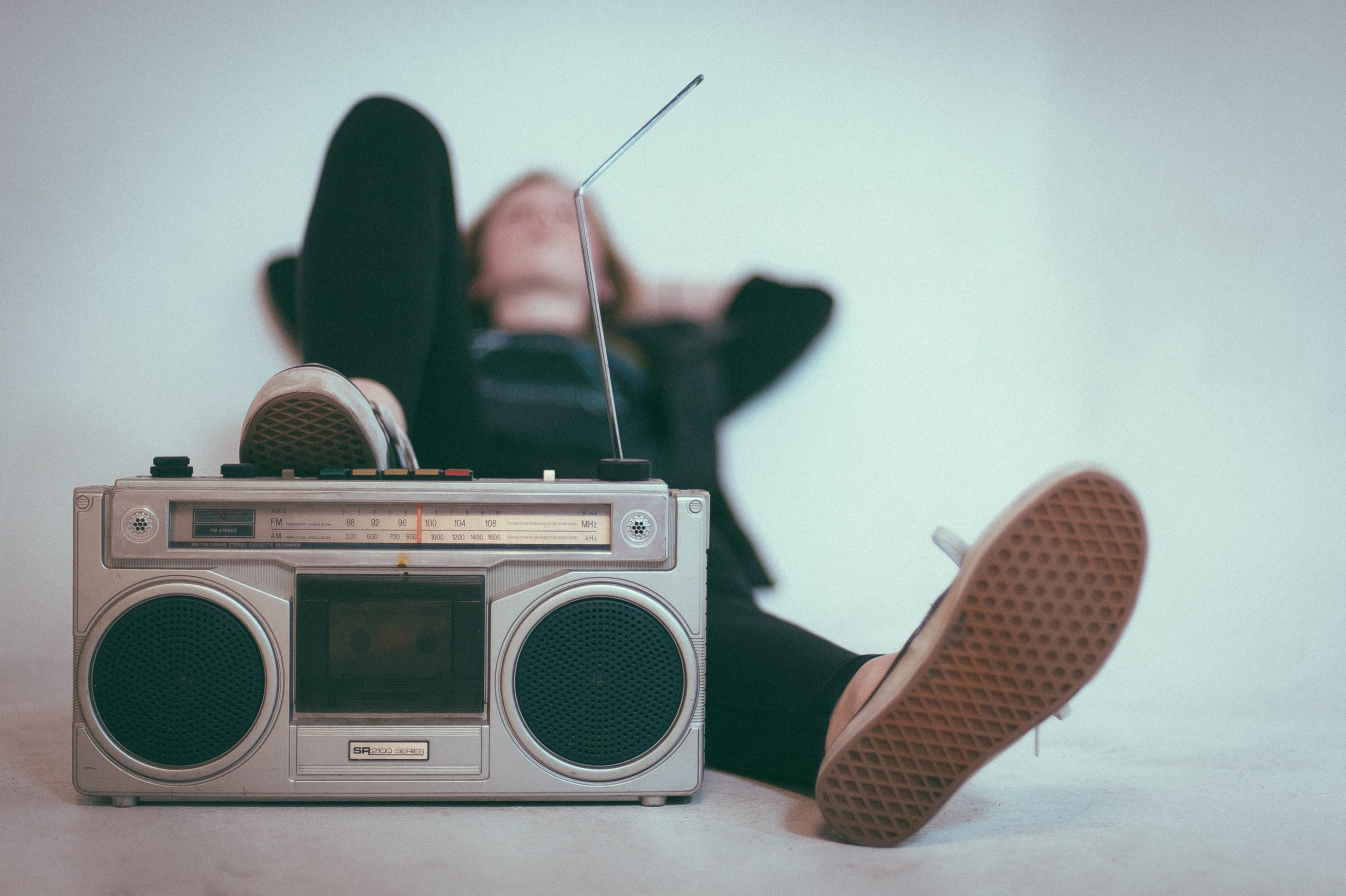Have you ever sat down at a coffee shop with your favourite cup of hot chocolate, sipped on it and wondered, “who was the intelligent individual who created this ingenious concept of chocolate mixed with milk and sugar?” Well, keep reading to find your answer.

“Chocolat chaud,” “cioccolata calda,” or “hot chocolate” has a very lengthy history dating back about 4000 years to Mesoamerica. The Olmec cultivated the cacao plant, nibs of which were ground into paste with water in order to make a chocolate drink. To achieve the rich, creamy consistency, the paste was transferred back and forth between jugs. Due to the natural taste of cocoa, the chocolate drink was bitter unless honey was added. Cacao has natural benefits that boost energy, enhance mood, and create long lasting sustenance. The chocolate drink was even rumoured to be an aphrodisiac, so these qualities led people to believe that the drink possessed mystic qualities, and thus it was saved for important and secured ceremonies. Cacao beans were even used as a form of currency, so drinking a cup of chocolate would be about the same as eating a one hundred dollar bill.
The Olmec passed this delicacy onto the Maya civilization, who then passed it on to the Aztecs. During the reign of the Aztec, chocolate was saved for the King and those who returned from military service.
During the revolutionary war, officers were given chocolate for breakfast, and soldiers were rationed cacao beans to use as energy boosters when fighting at the front lines. War medics would administer hot chocolate to the sick, wounded, or even tired soldiers in order to expedite recovery. The revolutionary invention of cocoa powder made it much easier for soldiers to carry chocolate and prepare it while at their stations. During World War I, 25,000 volunteers were sent to military bases from Egypt and France, among them the “Red Triangle Men” who set up comfort huts and canteens close to the battlefields. After a long day on the front lines soldiers would go there for food, cigarettes, and a cup of hot cocoa.
In the 17th century, chocolate was brought to Spain by conquistadors, after which it spread across Europe like wildfire. Liquid chocolate was considered a luxury drink for the elites, and was actually more expensive than coffee – take that Starbucks’ venti soy hazelnut vanilla cinnamon white mocha with extra white mocha and caramel plus 13 espresso shots. During this era, hot chocolate had a turning point in which different cultures created their own version of te drink by adding different spices and dairy products. Many people began adding milk and sugar, cinnamon, black pepper and even some unusual ingredients such as musk secreted by the glands of the Himalayan musk deer… I think I’ll stick to the milk and sugar.
I’m sure the term “coffee house” is one that is all too familiar in our society, but back in those days there were chocolate houses as well. These cafes housed individuals of the upper class population who sat around drinking hot chocolate, gambling and talking about political issues in their present day society.
During the early 20th century, expeditions to the far North and South were common as many were eager to be the first to arrive at the poles. Hot chocolate provided warmth, nutrients, and energy boosts for the weary explorers, though it was not enough as many explorers died due to malnourishment and scurvy.
Did you know that there is actually a huge difference between hot cocoa and hot chocolate? Hot cocoa is made directly from cocoa powder and lacks the creaminess, but is more concentrated and has more of a chocolaty taste. This is because there is less natural cocoa butter in cocoa than there is in shaved chocolate. Hot chocolate is made from shavings of solid chocolate and incorporates milk, cream, and sugar. The French have claimed rights to this very rich and creamy style, and depending on the type of chocolate used the result can be lavishly thick. Shall I say magnifique?






Thank you.